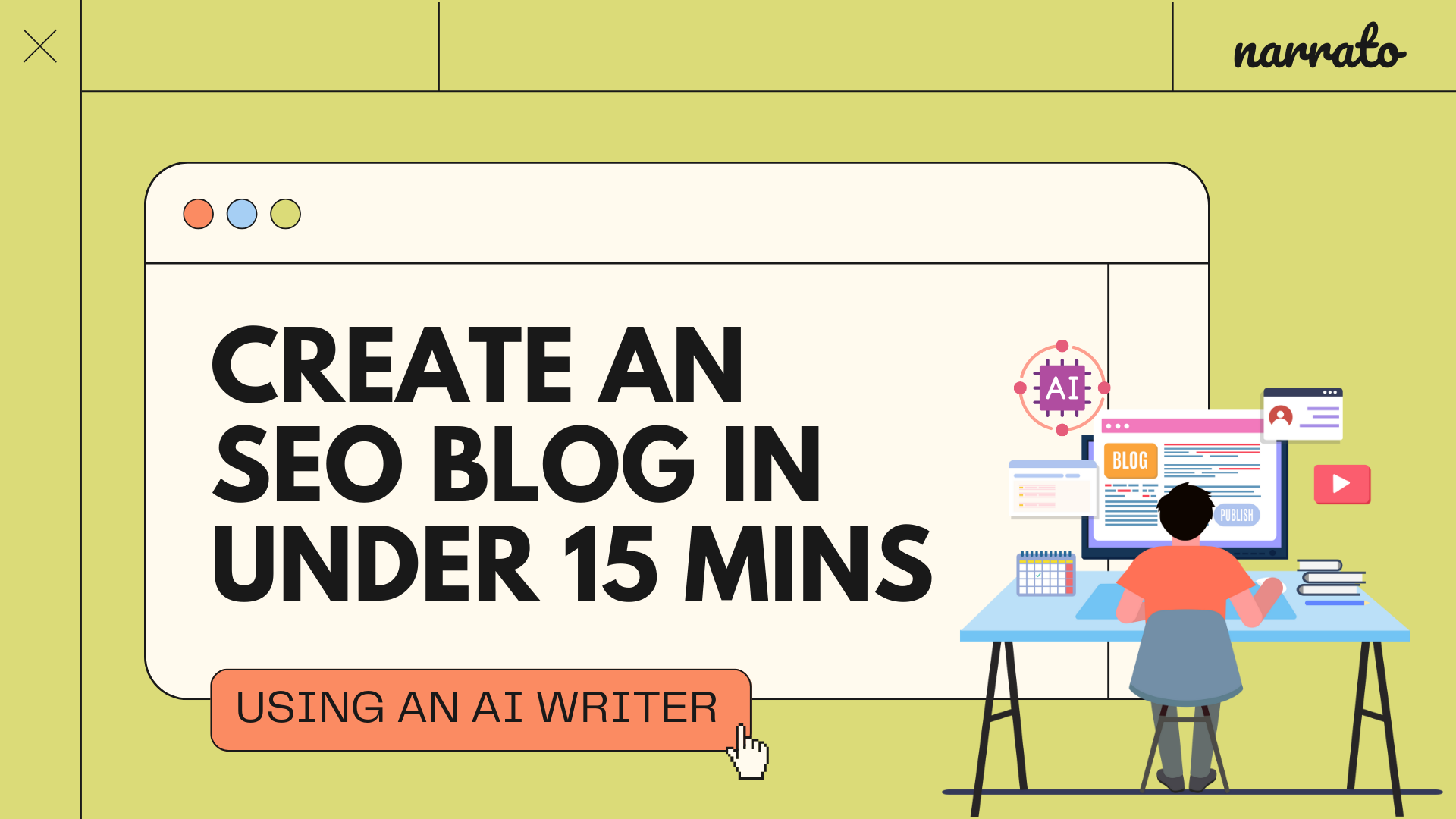Create high-ranking, SEO-friendly, uniquely yours blog articles in minutes
Put your blog writing on autopilot with our AI Writer Agent. We've taken the heavy lifting out of it by automating
Research and integrate SEO keywords
Generate SEO-optimized titles
Automatically structure SEO-friendly articles
Create custom images for enhanced article engagement
Rewrite multiple articles in your company's tone of voice
Generate full high-ranking SEO articles in minutes
why?
Blog articles are a powerful source of evergreen content that effortlessly drives organic traffic.
Building authority in your space while boosting domain ranking, attracting more eyes, and gaining more customers and clients.
Generating traffic
Boost your site's visibility
Saving money
Reduce operational costs
Consistency
Maintain a regular posting schedule
Quality
Produce high-quality content effortlessly
Engagement
Create engaging and interactive content
Scalability
Easily scale your content production
Saving time
Automate your workflow
Speed
Generate articles quickly
SEO Optimization
Improve search engine rankings
how?
Research. Create. Refine.
- Create a persona based on your website
- Generate ideas, research keywords, craft well-structured articles
- Finally review and refine the article
Press the cards below to see some finished examples
generate•
complete
•
How to Create SEO Blogs Under 15 Minutes Using an AI Writer
Draft
Complete
rewrite
How gpt-4o will impact ai agents
Unlocking SEO Secrets: How to Create SEO Blogs Under 15 Minutes Using an AI Writer
15-Minute SEO Blog Writing Workflow Using AI

- Step 1: Do keyword research for the SEO blog
- Step 2: Generate the SEO blog using AI
- Step 3: Add your own spin to the AI-generated SEO blog
- Step 4: Refine the blog and final checks for SEO
Using an AI Writer to Create High-Quality SEO Blogs

Effective SEO strategies can significantly increase your website traffic.

15-Minute SEO Blog Writing Workflow Using AI
Step 1: Do Keyword Research for the SEO Blog

Step 2: Generate the SEO Blog Using AI

Step 3: Add Your Own Spin to the AI-Generated SEO Blog
Personal experiences and expert insights can build trust and authority in your blog posts.
Step 4: Refine the Blog and Final Checks for SEO
20-Minute SEO Blog Writing Workflow Using AI

Step 1: Get SEO-Friendly Topics for Your Blog Post Using AI
Step 2: Generate an SEO Brief Using AI

Step 3: Create a Blog Post Outline
Step 4: Build the SEO Blog Using an AI Writer

Step 5: Use AI Content Enhancement Tools to Improve Your Blog's Quality
Content quality and readability are key factors in achieving high search engine rankings.
Step 6: Run Plagiarism, Grammar, and Final SEO Checks
Conclusion

Ready to Supercharge Your Blog Writing?
Experience the power of our AI Writer Agent and create high-ranking, SEO-friendly articles in minutes.